Faith No More's Jon Hudson talks Sol Invictus
The story behind FNM's first album in 17 years
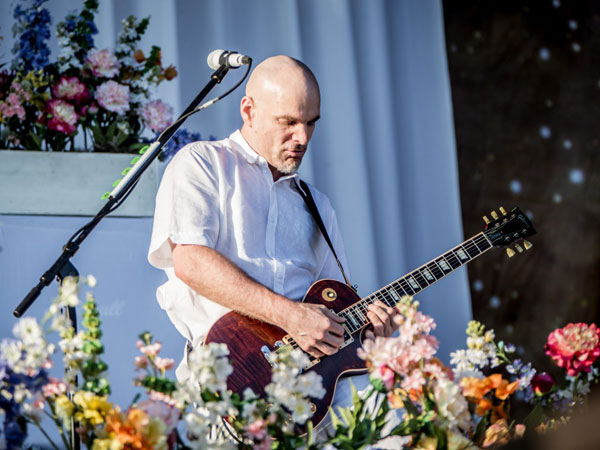
Introduction
As alt-metal trailblazers Faith No More unleash Sol Invictus, their first album in 17 years, stalwart guitarist Jon Hudson explains what took so long...
"No-one expected alt-metal pioneers Faith No More to reunite, let alone record a new album"
No-one expected alt-metal pioneers Faith No More to reunite, let alone record a new album. It’s taken six years since their reunion at 2009’s Download Festival to get to this point, but somehow, the band found the momentum to release their first new music in 17 years.
The triumphant new record, Sol Invictus, is only the second release to feature the band’s fourth guitarist, Jon Hudson, but provides an exhilarating showcase for his talents. Previously a man of few words, Jon opened up on how FNM got to this point, putting taste over technique and the virtues of a varied record collection...

Reunited and it feels so good
How did the reunion lead to Sol Invictus?
“Writing and recording wasn’t up for discussion during the reunion tour; we simply went out and played the existing material for several years, and we had no intention of doing anything else at that point. Although I don’t think anyone else in the band had said, ‘Well, we’re never gonna make another record or write another song.’
"We all knew that we’d be better served to just keep it to ourselves and work on it"
“Three years ago or thereabouts, Bill [Gould, bassist/producer] started throwing around some ideas, and we took one idea and arranged it really quickly and played it live [Matador], and that was a good way for us to get back into it again. At that point, it was still ‘wait and see’. We decided that we were pleased with the way that turned out, so some more material started getting sent back and forth several months later.
“We’ve been working on this thing for two and a half years. We didn’t have someone getting on our case to deliver something in any specific time frame. There was no pressure. So, we worked on it at our leisure. We took it piece by piece; there was no record label or publishing agreement to have to worry about.”
You guys kept it pretty quiet. No-one knew you were building up to this...
“We didn’t talk about it. That was a funny circumstance in itself, because it wasn’t like we said, ‘Well, we’re not going to talk about it’, it’s just that no-one did. We all knew that we’d be better served to just keep it to ourselves and work on it, and that’s exactly what we did. Then as it all started to take shape and we began working on it more and more, it was so much more apparent that we hadn’t been talking about it. Eventually, it was like, ‘Is this really happening or...?’ because no-one knew!”
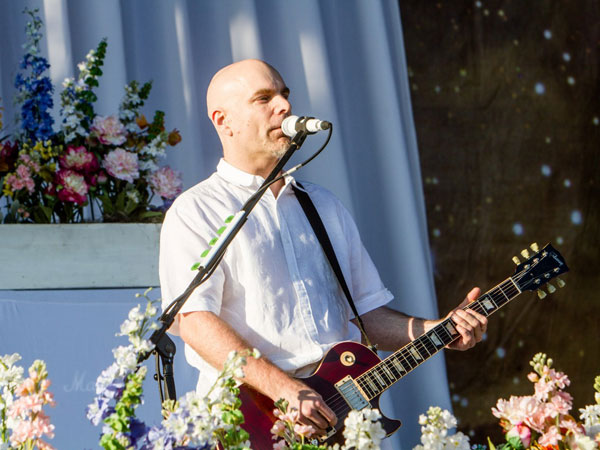
Gearing up
What gear did you use on the album?
“I always have the setup I use live. I use Marshall heads and cabinets. I have a couple of JCM800s: one’s a stock reissue, which I use live, and I have an older mid-80s 800, too, and I have an older 1980 JMP head. Between those three, we used the reissue the most. They’re all 100-watters, and the cabinets have Vintage 30s and 75-watt Celestions.
"I’ve been playing Les Paul Standards for years. But we would use anything we wanted to in the studio"
“I’ve been playing Les Paul Standards for years. But we would use anything we wanted to in the studio. So, I used a 335, a Telecaster, an SG, I had a Les Paul Custom in there on a couple of songs, and then Bill had some guitars also, so we used quite a bit.
“As far as the recording itself, we had one 4x12 mic’d up in an isolation booth, and we had mics that were in phase, set up on different tracks. We also used a DI box - we had a direct track for everything, so we could manipulate the tracks later on. So, for all the rhythm tracks, we had the two mic’d channels, and Bill had a Kemper Profiler in the studio, so we actually added another track - the DI’d track would go through the Kemper, and he’d use that to add certain frequencies so that the guitar parts would sit well in the mix without having to over-EQ the other tracks.”
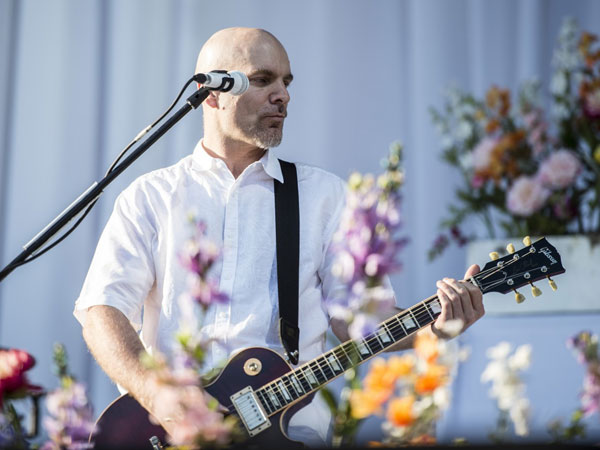
Loving Les Pauls
What bonds you to Les Pauls?
“I’ve got all my bases covered with that guitar. I had been using Yamaha [SG models] live years ago with the band, because it was a cross between an SG and a Les Paul, tone-wise. I like mahogany-bodied guitars a lot, and the set-neck mahogany body sound just works with this band, more than, say, a Strat with a bolt-on neck and humbuckers.
"If there are solos, or there are spots for the guitar to stand out, hopefully the guitar makes its own little statement"
"My two main Standards are mid-2000 - I’d say 2004, 2005 - and they’re pretty much stock. Back then, they used Burstbuckers. In the bridge, I put in DiMarzio Super Distortions - the ceramic magnets work really well; I get more of a midrange-y sound out of it."
Matador has a very melodic, rather than flashy, lead at its conclusion. What’s your approach to solos?
“Just to put in whatever’s necessary. That’s not to say a flashy part here and there isn’t, because sometimes that’s exactly what’s called for. It’s just a matter of being open to throwing out any ideas for music, just to see what sticks or what works with it, and then refining it from there. If there are solos, or there are spots for the guitar to stand out, hopefully the guitar makes its own little statement. If it doesn’t, it’s probably unnecessary, right? I would rather try to say something with fewer notes than to try to fill up space or overwhelm people with a bunch of notes that don’t seem to matter.”
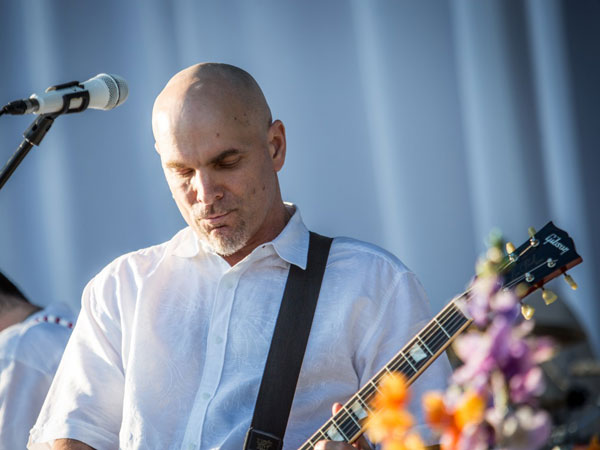
Keeping it interesting
Faith No More are a band who are famed for their versatility. Where do you think that comes from?
"We’ll throw in things that other rock bands either might not get away with or don’t try to get away with"
“I grew up with probably the same guitar- hero influences that everyone else did, and then it just branched out from there. Everyone in the band has a pretty wide range of influences. We just end up trying out as many different things as possible, just to see what we can actually pull off live and what would actually make the set interesting and whatnot. So, we’ll throw in things that other rock bands either might not get away with or don’t try to get away with.
“It’s more that different styles have interested me over the years. I love classical and jazz music equally [as much as I love] rock music. That all comes out later on as far as working with things creatively [is concerned], and coming up with ideas. It all adds to it, as opposed to simply saying, ‘I want to incorporate this jazz element.’ I don’t really think of it like that; I just listen to a lot of different music.”
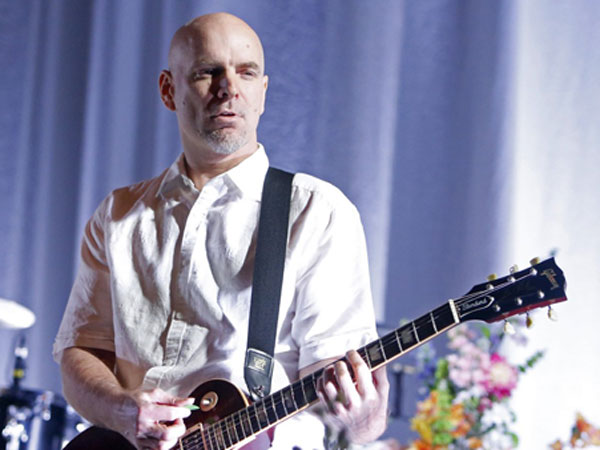
Following the footsteps
Do you ever want to change up your predecessors Jim Martin and Trey Spruance’s parts?
"I don’t see any benefit in trying to change all the guitar parts"
“I’ve always liked the guitar parts on the other records - I’ve admired those records and their playing. I’ve never had any need to do it differently to the way it was recorded. I’m a fan of both of those guys, which is lucky, because I’m playing their stuff all night!
“But I like playing what’s on the record; I have no problem with that. If I go to see somebody else play, I pretty much would like to hear it the way it is on the record, so I don’t see any benefit in trying to change all the guitar parts.”
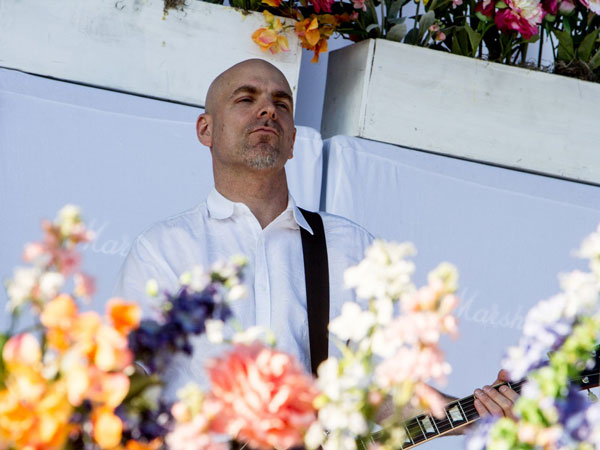
Finding the Faith
There’s never been a clear explanation of how you came to join the band in the first place - care to tell our readers the full story?
“I was in a band in San Francisco called Systems Collapse, and the keyboard player knew Bill and the other guys, so I met Bill when Faith No More was out touring The Real Thing. It was becoming apparent that things weren’t working out with Jim after the Angel Dust tours, so I wasn’t surprised when they agreed to part ways.
"You have to be in the right place at the right time - you have to consider yourself very fortunate when an opportunity comes up"
“Later, Bill sent me some of the demo stuff for King For A Day. I recorded some ideas and sent them in. They were auditioning different guitar players at the time, and they obviously decided to work with Trey, which I think was a good call; he was perfect for that record.
“I was pretty familiar with the band and Bill’s sense of direction in terms of songwriting and his approach with guitars. So, by the time he called me in early 1996, and said, ‘We’re in the middle of coming up with material for this next record - we were wondering if you’d give it another shot?’, that was the perfect opportunity for me.
“You have to be in the right place at the right time - you have to consider yourself very fortunate when an opportunity comes up. People can say, ‘You have to have talent.’ Sure, that’s important, but there’s no shortage of very talented people. You have to remember that if you do have these opportunities, you’re lucky.”

Mike is Editor-in-Chief of GuitarWorld.com, in addition to being an offset fiend and recovering pedal addict. He has a master's degree in journalism, and has spent the past decade writing and editing for guitar publications including MusicRadar, Total Guitar and Guitarist, as well as a decade-and-a-half performing in bands of variable genre (and quality). In his free time, you'll find him making progressive instrumental rock under the nom de plume Maebe.

